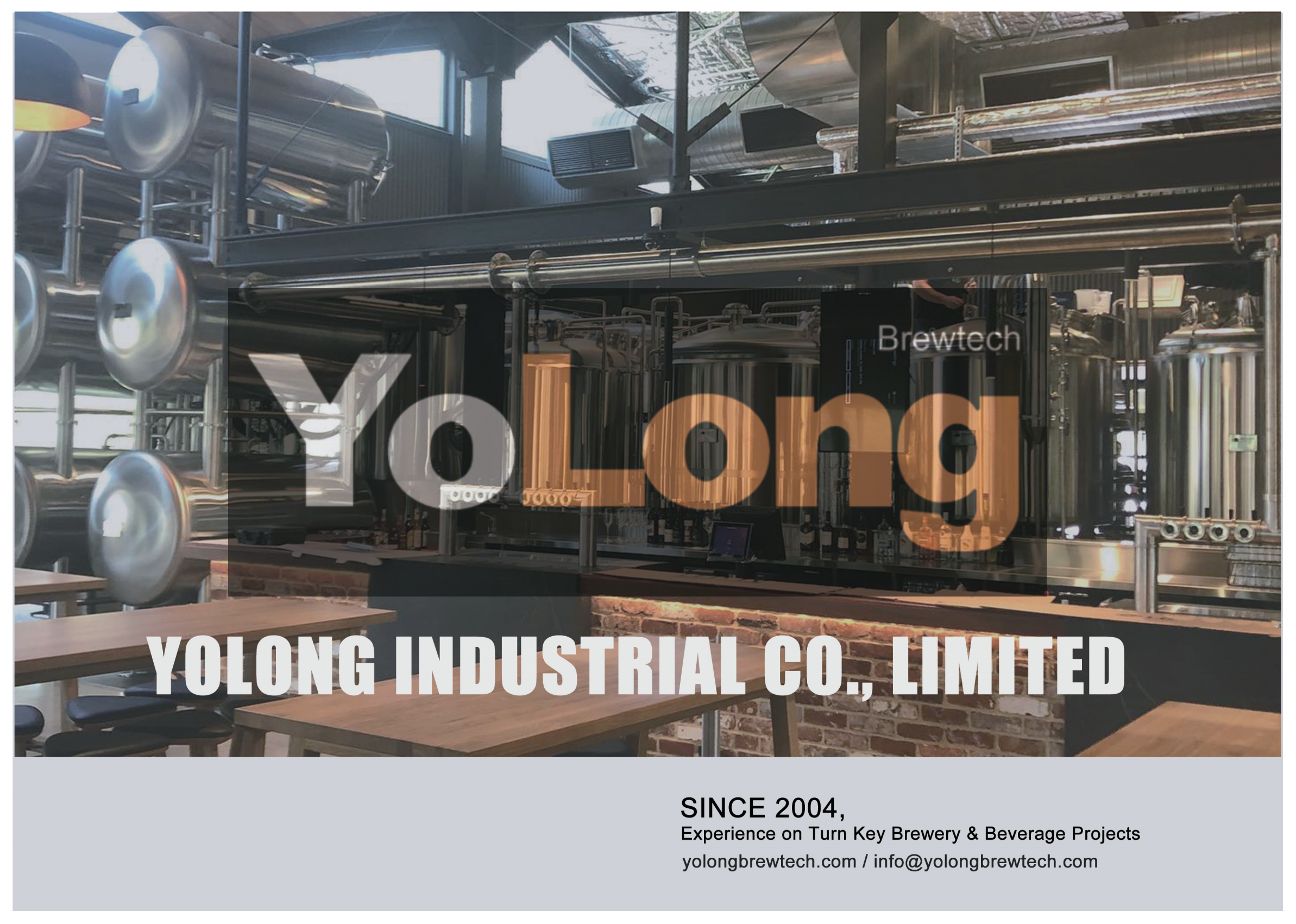How to Brew with an Electric Brewing System Like a Professional
Overview of Electric Brewing Systems
Brewing beer at home has evolved significantly over the years. Traditional gas burners and stovetop brewing have long been the go-to methods, but electric brewing systems are revolutionizing the craft. Why? They offer precise temperature control, energy efficiency, and a safer, more convenient brewing experience.
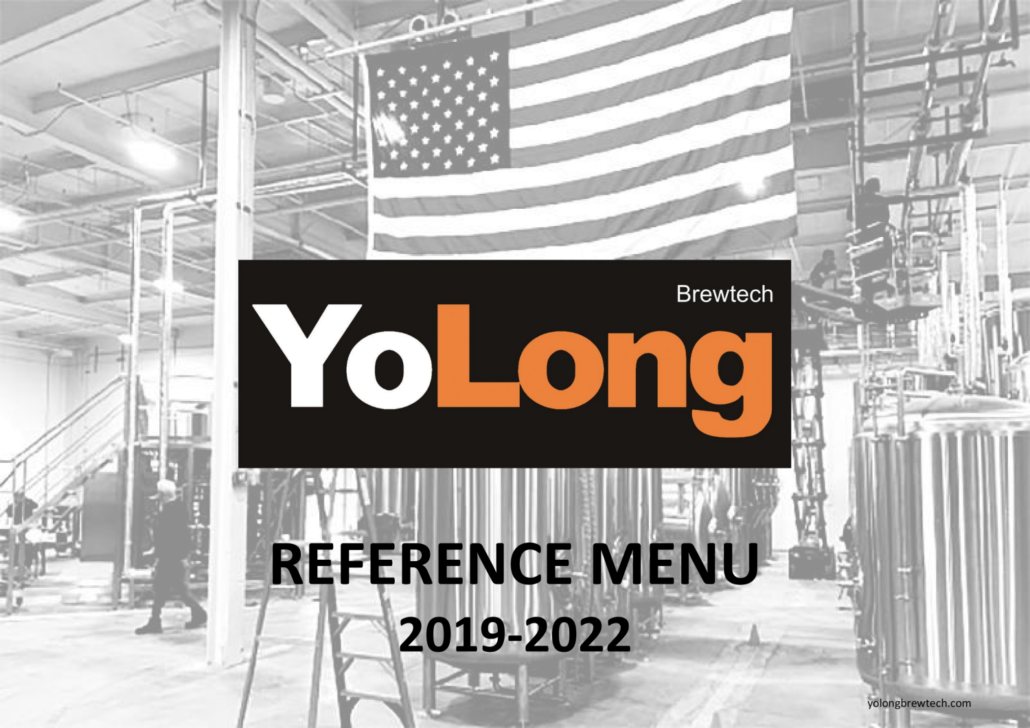
What is an Electric Brewing System?
An electric brewing system is a setup that uses electric heating elements instead of gas burners to heat and maintain the temperature of the brewing liquid. These systems are designed to be used indoors without the risks associated with open flames, making them an excellent choice for home brewers. Electric brewing setups range from small, all-in-one units for beginners to advanced multi-vessel systems for professional-level craft beer production.
The Advantages of Electric Brewing Systems
Precision and Control
Electric brewing systems provide unparalleled temperature precision. Unlike gas burners, which require constant monitoring and adjustments, electric elements maintain consistent heat, allowing for a more predictable and repeatable brewing process.
Energy Efficiency
Gas brewing systems lose a lot of energy in the form of heat dissipation. Electric systems, however, deliver energy directly into the brewing liquid, resulting in higher efficiency and lower operational costs.
Indoor Brewing and Safety
One of the biggest perks of electric brewing is that it can be done safely indoors. Gas burners require proper ventilation due to carbon monoxide risks, but electric brewing systems eliminate this hazard entirely.
Compact and Space-Saving
Most electric brewing systems are designed to be compact, making them ideal for homebrewers with limited space. Unlike traditional setups that require extensive ventilation and room for propane tanks, electric systems fit neatly in a kitchen or small brewing area.
Less Environmental Impact
Since electric brewing does not rely on fossil fuels, it produces fewer emissions. Many homebrewers appreciate the eco-friendly aspect of switching to an electric system.
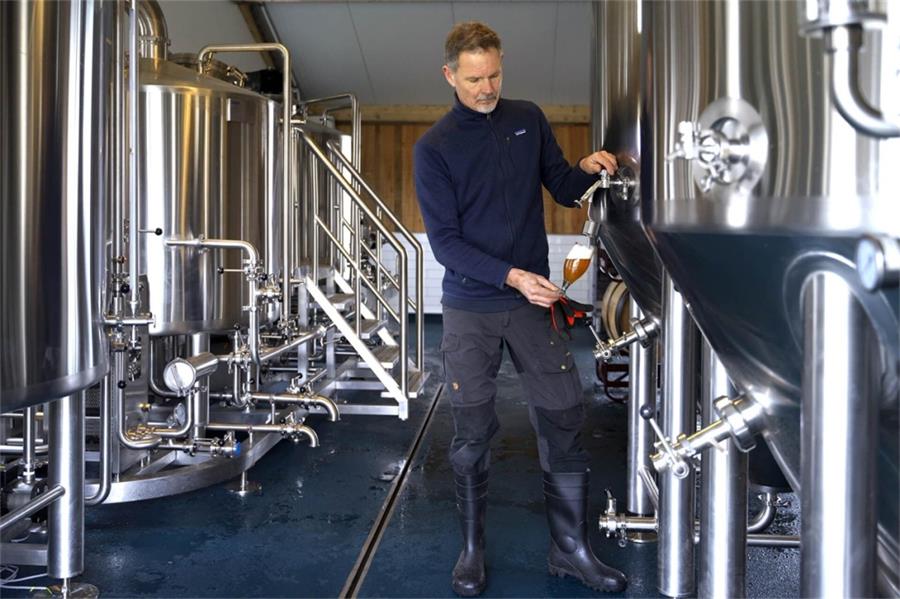
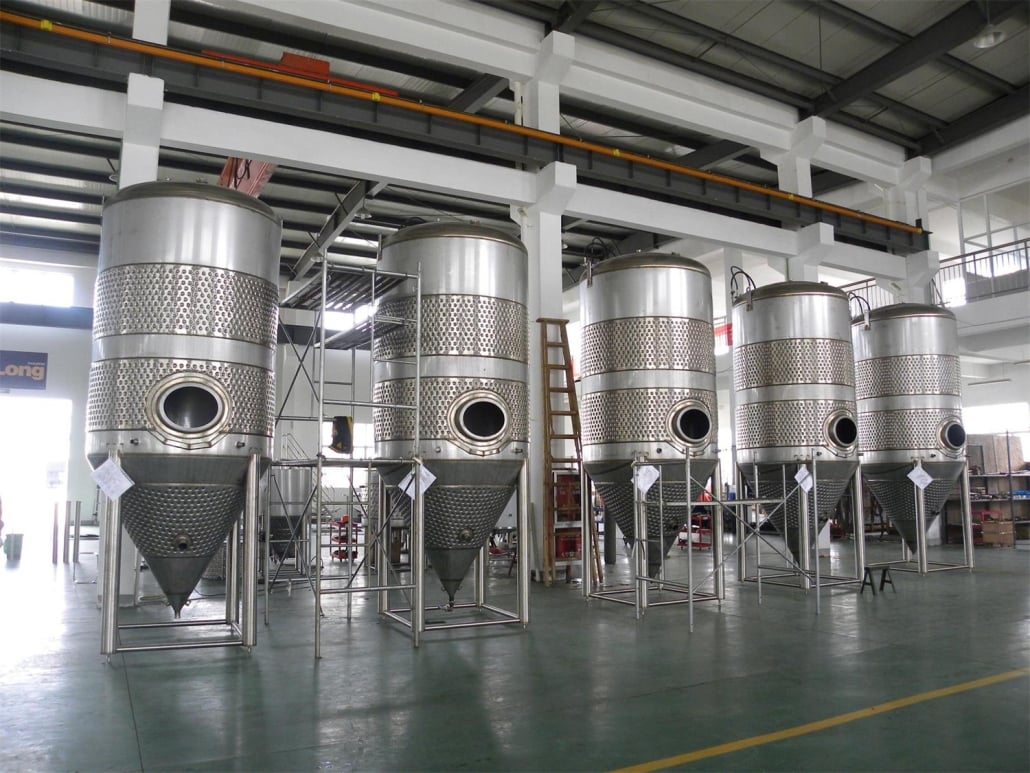
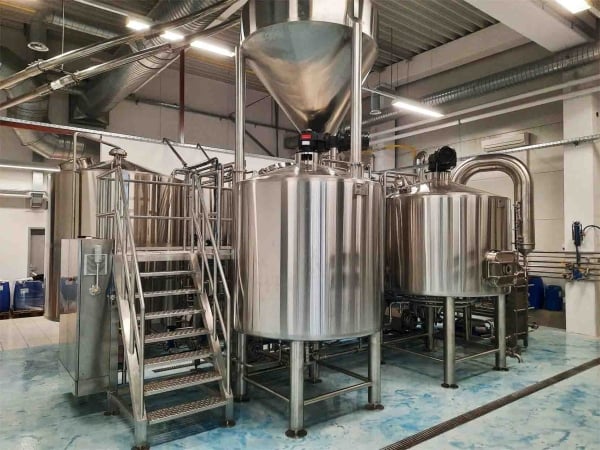
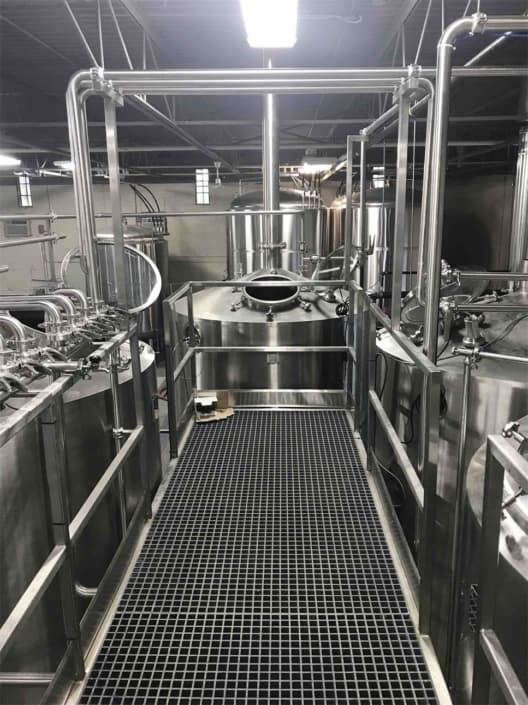
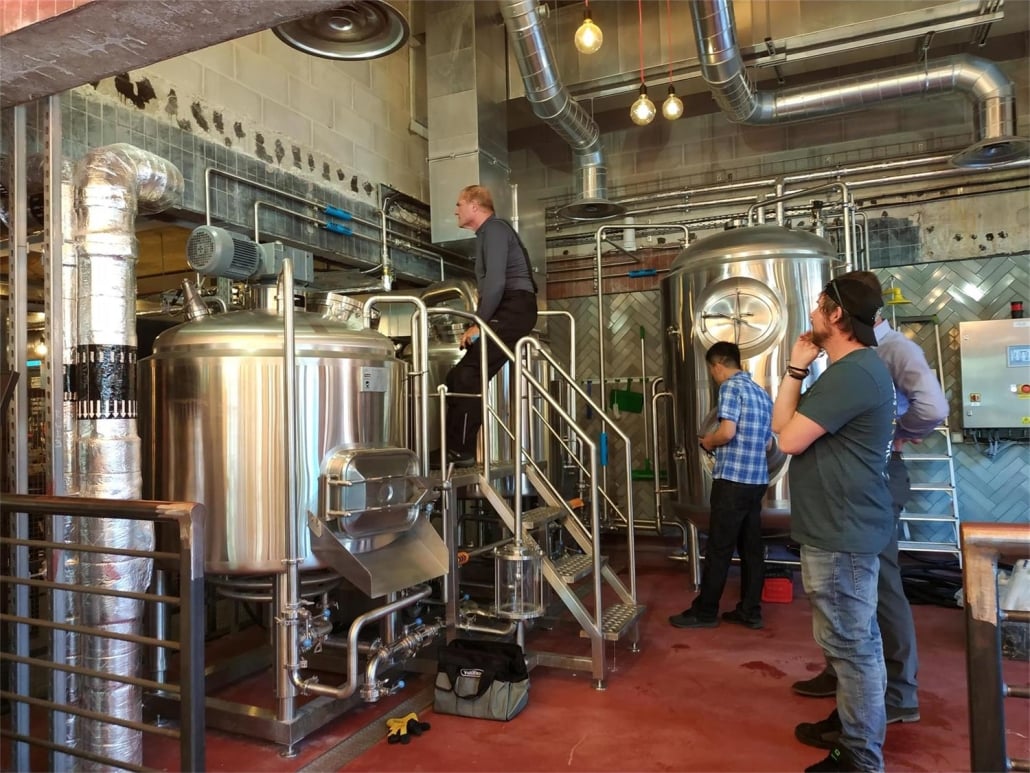
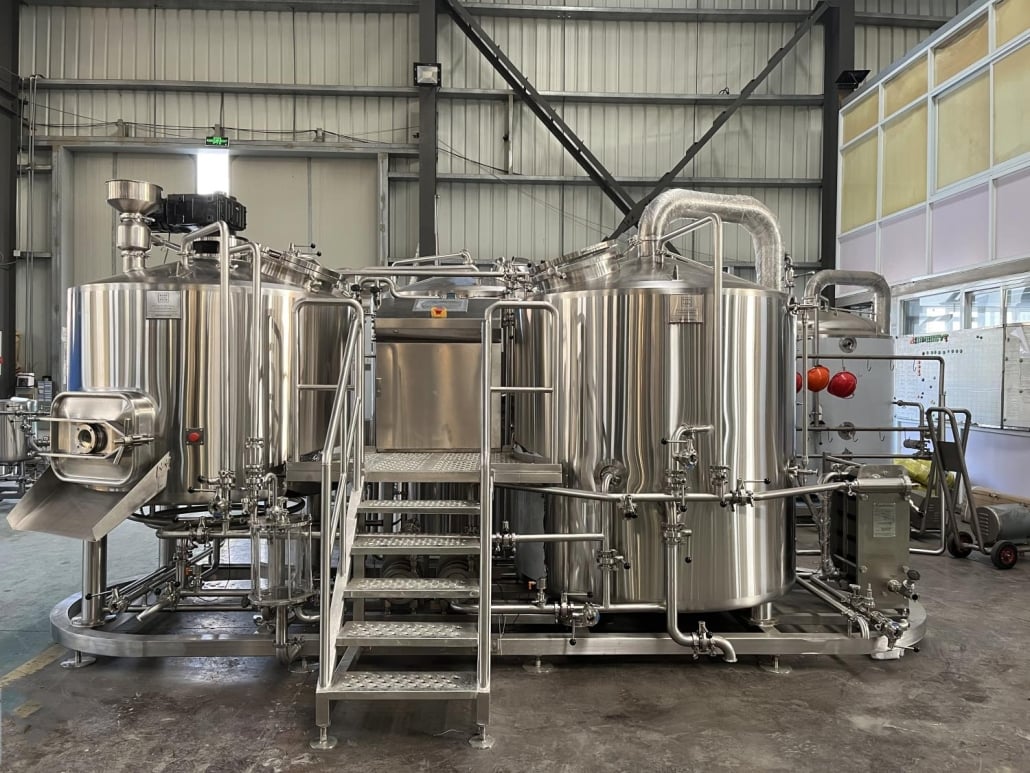
How to Choose a Suitable Electric Brewing System
When selecting an electric brewing system, consider the following factors:
Batch Size
Are you brewing small batches for personal use or larger quantities for friends and family? Choose a system with an appropriate kettle capacity, typically ranging from 5 to 30 gallons.
Power and Voltage Requirements
Most homebrew systems operate on either 120V or 240V. A 120V system is suitable for beginners but has slower heating times. For quicker brewing and larger batches, a 240V system is preferred.
Automation and Smart Controls
Modern electric brewing systems come with digital controllers, allowing for automated temperature regulation, timers, and even smartphone connectivity. If you prefer a hands-free approach, opt for a system with programmable controls.
Material and Build Quality
Stainless steel is the gold standard for brewing equipment due to its durability and ease of cleaning. Ensure that all components, including heating elements, valves, and fittings, are made from high-quality materials to avoid corrosion.
Price and Budget
Electric brewing systems can range from a few hundred dollars to several thousand. Consider your budget and look for a system that offers the best balance of features, quality, and affordability.
How to Use an Electric Brewing System
| Step | Description |
|---|---|
| 1. Setup | Assemble the system, ensuring all connections are secure. Place it on a stable surface near a power source. |
| 2. Heating Water | Fill the kettle with the required amount of water and set the temperature using the digital controller. |
| 3. Mashing | Add malted grains and allow them to steep at a controlled temperature to extract fermentable sugars. |
| 4. Boiling | Remove the grains and bring the wort to a boil. Add hops according to the recipe. |
| 5. Cooling | Use a wort chiller to quickly cool the liquid to fermentation temperature. |
| 6. Fermentation | Transfer the cooled wort to a fermentation vessel, add yeast, and allow fermentation to take place over the next few weeks. |
| 7. Bottling or Kegging | Once fermentation is complete, carbonate and package the beer. |
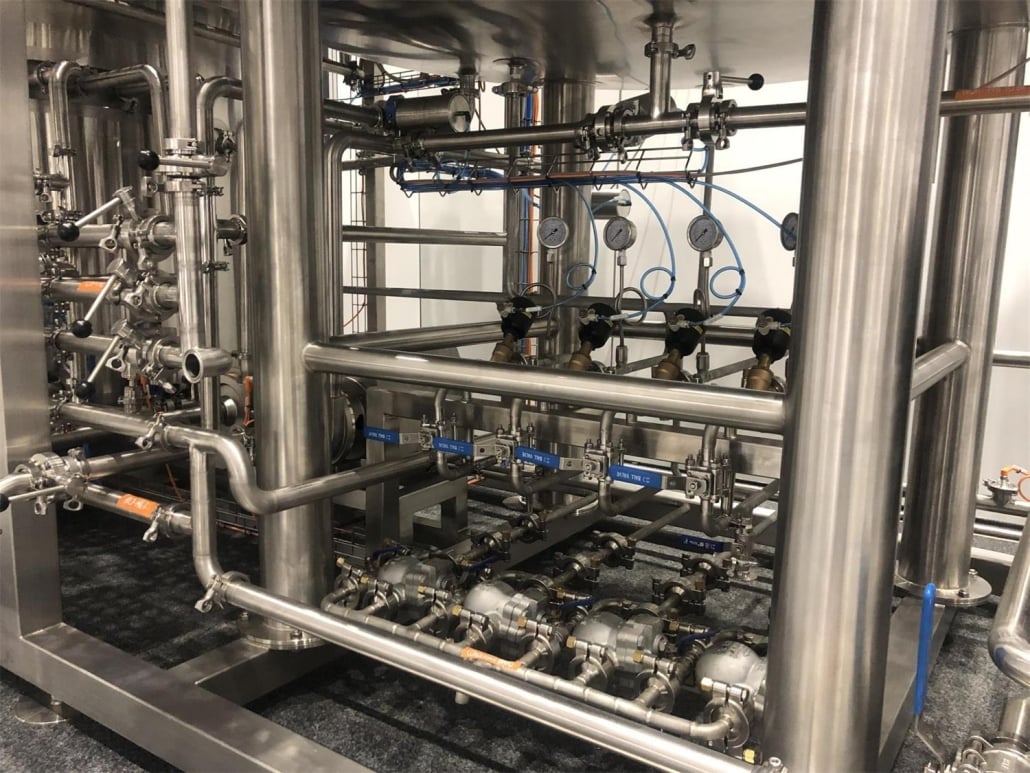
Electric Brewing vs Traditional Gas Brewing
| Feature | Electric Brewing | Gas Brewing |
|---|---|---|
| Precision | Highly precise digital temperature control | Requires manual adjustments |
| Efficiency | Direct heat application, minimal energy loss | Heat loss due to flame dispersion |
| Safety | No open flames, safe for indoor use | Risk of fire, requires ventilation |
| Convenience | Fully automated options available | Requires constant monitoring |
| Environmental Impact | Uses electricity, lower emissions | Burns propane or natural gas, higher emissions |
FAQ
| Question | Answer |
|---|---|
| Is electric brewing better than gas brewing? | It depends on your priorities. Electric brewing offers better precision, efficiency, and safety, while gas brewing provides traditional methods preferred by some brewers. |
| Can I use an electric brewing system in an apartment? | Yes! Since electric systems do not produce combustion gases, they are safe for indoor use, making them ideal for apartments. |
| What size electric brewing system should I get? | Choose a size based on your batch goals. A 5-gallon system is great for beginners, while advanced brewers may prefer 10-15 gallon systems. |
| Do electric brewing systems cost more to operate? | They may have a higher upfront cost, but their efficiency often results in lower long-term expenses compared to gas systems. |
| What is the best electric brewing system for beginners? | The Anvil Foundry and Grainfather G30 are popular choices for their user-friendly design and automation features. |
Share this entry
Interested in learning more about Brewing Systems including additional details and pricing information? Please use the form below to contact us!
YOLONG BREWERY EQUIPMENT FAQS
- Commercial Brewery / Craft Brewery / Microbrewery / Nanobrewery
- What is The Difference Between Craft Beer and Industrial Beer?
- The Bespoke Differences In Custom Brewing Systems
- Everything You Need to Know About Kettle Souring
- How to Choose Brewing Equipment for Your business?
- How To Choose The-Best Partner To Build Your Commercial Microbrewing System?
- Two Detection Sensors That You Need To Use In Your Brewhouse System
- Remote Control Applications in Brewing Equipment/How does it work?
- How To Clean Your Brand New Brewery Tanks?

